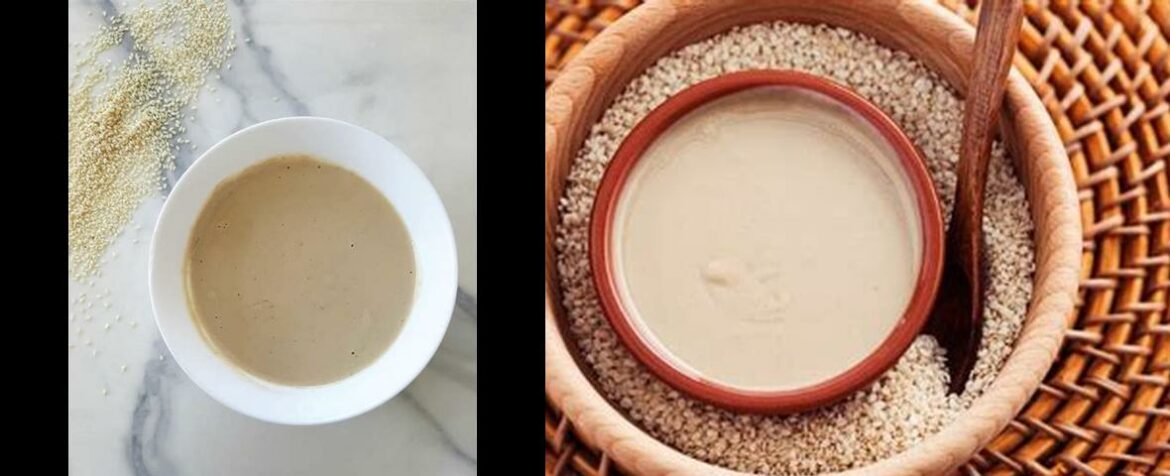Tehina vs Tahini: Unveiling the Delights of Sesame-Based Ingredients
Are you ready to embark on a flavorful journey and decipher the mysterious world of sesame-based ingredients? Look no further, as we delve into the fascinating debate of Tehina vs Tahini. Brace yourself for a delectable showdown that will leave your taste buds tingling and your culinary curiosity piqued. Whether you’re a seasoned foodie or a curious kitchen explorer, this article is your ultimate guide to understanding the nuances and distinctions between these two beloved condiments. So, grab your spatula and let’s dive into the delicious realm of Tehina vs Tahini!
Tehina vs Tahini: Unveiling the Delights of Sesame-Based Ingredients
In the culinary world, a world of flavors and textures, two ingredients often mentioned in the same breath are tehina and tahini. While their names sound similar, they are distinct culinary treasures, each with its own unique characteristics and culinary applications. Embark on a journey to discover the differences and similarities between tehina and tahini, exploring their flavors, textures, and versatile uses in various cuisines.
Tehina: A Dark Horse with a Robust Flavor
Tehina, a staple ingredient in Middle Eastern cuisine, is a condiment crafted from roasted ground sesame seeds. Its distinctive dark color and robust flavor set it apart from its counterpart, tahini. Often used as a dip, spread, or sauce, tehina’s bold taste profile makes it a favorite among those who appreciate a more intense sesame flavor.
Tahini: A Versatile Star in Mediterranean Cuisine
Tahini, a culinary gem popular in Mediterranean cuisine, is a paste made from unroasted ground sesame seeds. Its lighter color and milder flavor compared to tehina make it a versatile ingredient that blends seamlessly into dressings, marinades, and various dishes. Tahini’s nutty, earthy flavor adds depth and richness to a wide range of culinary creations.
Unveiling the Differences: A Tale of Two Textures
Tehina and tahini not only differ in flavor but also in texture. Tehina, with its added oil, boasts a smooth, velvety texture that glides effortlessly across the palate. On the other hand, tahini, without the addition of oil, retains a grittier texture, providing a delightful contrast in dishes.
Culinary Delights: Exploring the Culinary Realms of Tehina and Tahini
Tehina and tahini, despite their differences, share a common ground in their culinary versatility. Both ingredients can be incorporated into both savory and sweet dishes, adding a nutty dimension and creamy texture. Tehina’s bold flavor shines in dips, spreads, and sauces, while tahini’s milder flavor complements dressings, marinades, and baked goods.
A Culinary Journey: Discovering the Heritage of Tehina and Tahini
Tehina and tahini, culinary treasures with ancient roots, have long been cherished in Middle Eastern and Mediterranean cuisines. Tehina’s origins can be traced back to ancient Egypt, where it was used as a condiment and food preservative. Tahini, on the other hand, has its roots in ancient Greece, where it was used in various culinary creations. Today, both ingredients continue to be celebrated in these regions and beyond, adding a touch of authenticity to traditional dishes.
Health Benefits: Unveiling the Nutritional Treasures
Beyond their culinary appeal, tehina and tahini offer an array of health benefits. Both ingredients are rich in plant-based protein, healthy fats, and essential vitamins and minerals. Their high fiber content promotes digestive health and satiety, while their antioxidants help protect against cellular damage. Incorporating these sesame-based ingredients into a balanced diet can contribute to overall well-being.
Conclusion: A Culinary Symphony of Flavors and Textures
Tehina and tahini, two distinct yet complementary ingredients, offer a world of culinary possibilities. Whether you prefer the bold flavor of tehina or the versatile nature of tahini, these sesame-based treasures are sure to elevate your culinary creations. Experiment with different recipes, explore their unique characteristics, and discover the endless culinary delights that await.
FAQ about Tehina vs Tahini
Q: What is tehina?
A: Tehina is a condiment made from roasted ground sesame seeds, commonly used in Middle Eastern cuisine.
Q: How does tehina differ from tahini?
A: Tehina and tahini are both sesame-based ingredients, but they have distinct characteristics. Tehina has a darker color and a more robust flavor compared to tahini.
Q: What are the culinary applications of tehina?
A: Tehina can be used as a dip, spread, or sauce, adding a bold sesame flavor to various dishes.
Q: What is tahini?
A: Tahini is a versatile ingredient widely used in Mediterranean cuisine. It is made from ground sesame seeds and has a creamy texture.
Q: How is tahini different from tehina?
A: While both tahini and tehina are made from sesame seeds, tahini has a lighter color and a smoother texture compared to tehina.
Q: What are the uses of tahini in cooking?
A: Tahini is a popular ingredient in Mediterranean dishes such as hummus, baba ganoush, and salad dressings. It can also be used as a spread or a base for sauces.


